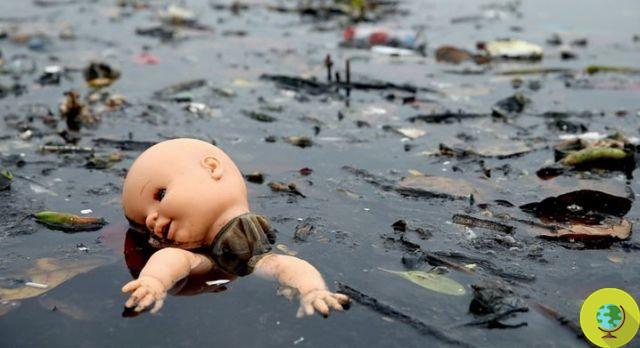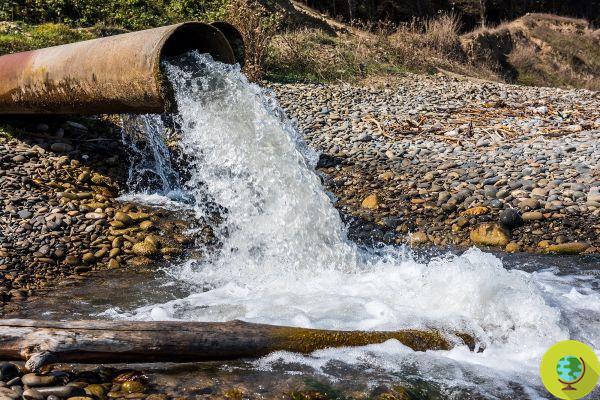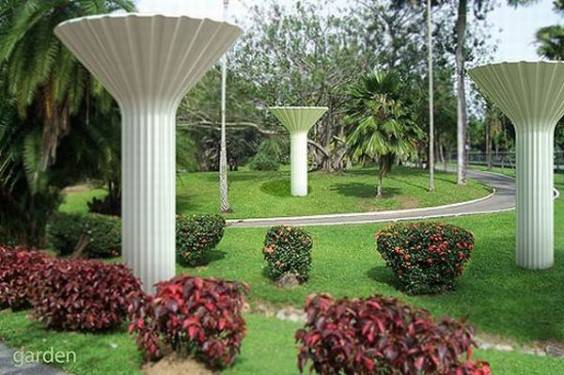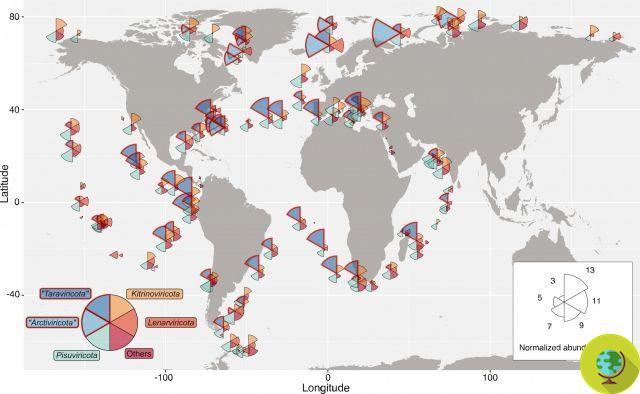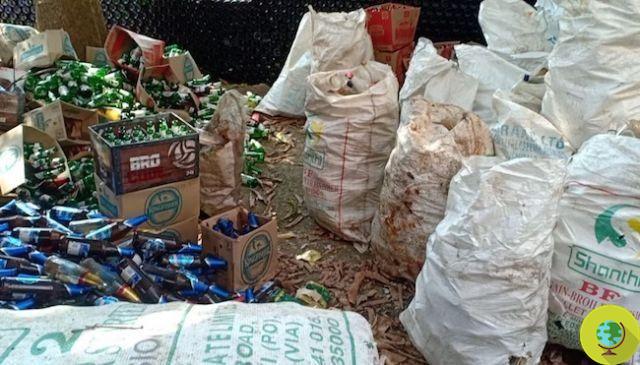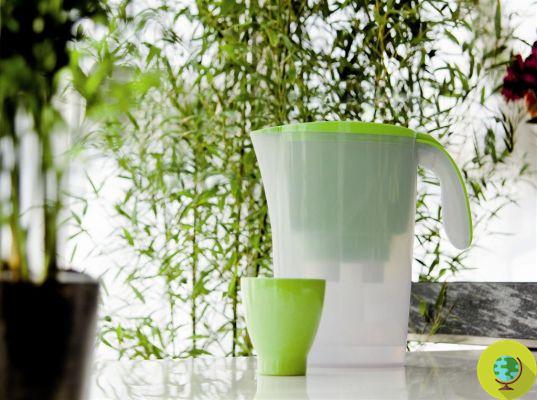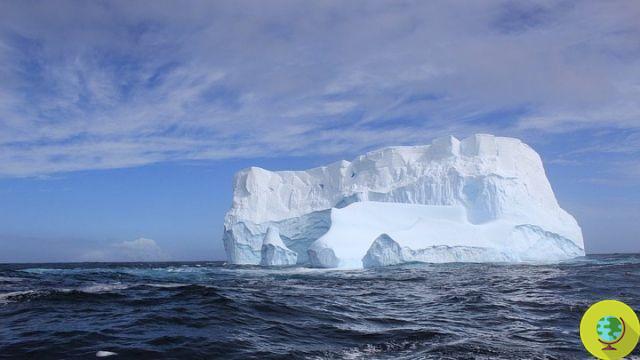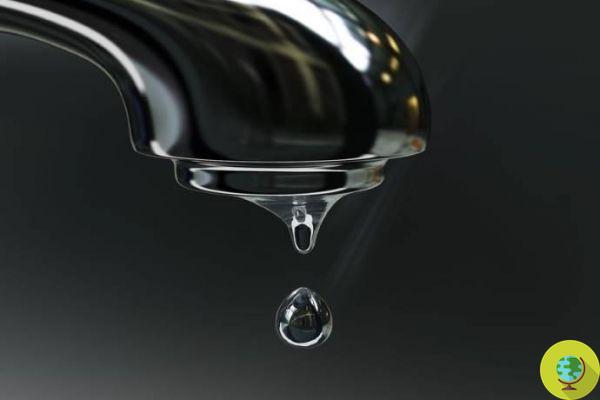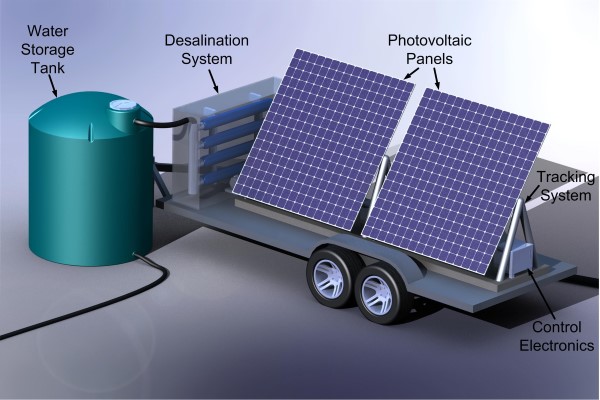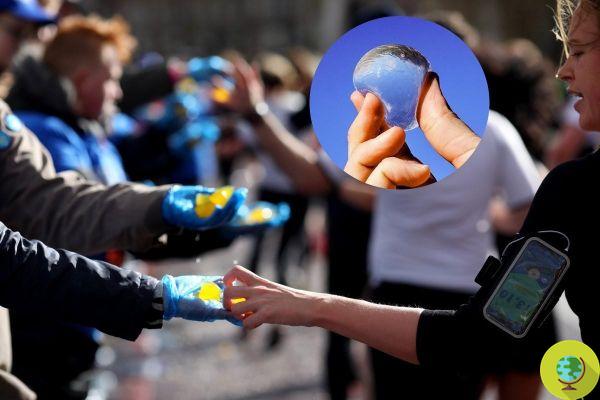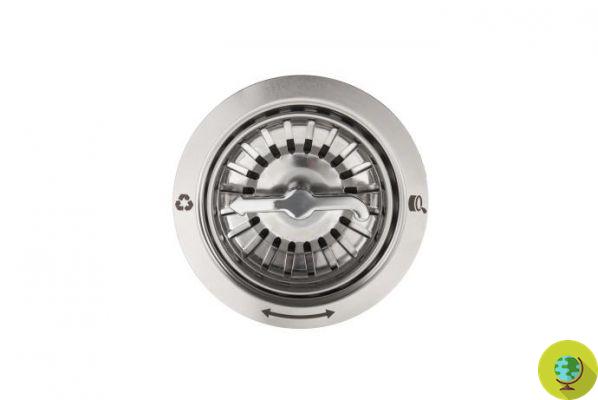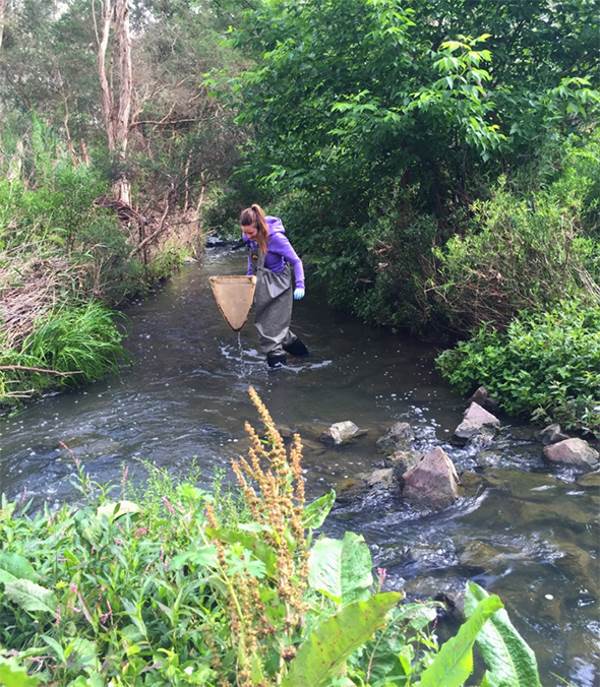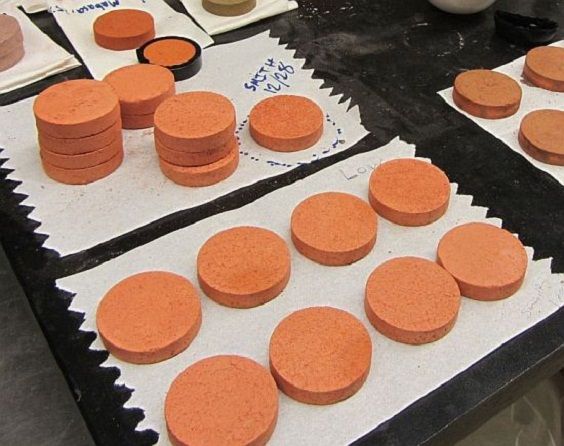Researchers have identified highly absorbent materials capable of extracting record amounts of drinking water out of thin air, and the new tests they carry out could lead to the development of technologies to provide drinking water to arid areas of the planet.
Scientists have identified highly absorbent materials capable of extracting record amounts of drinking water from the air. The device paves the way for technologies capable of coping with water emergencies in the driest areas of the planet.
For developing countries, the lack of access to drinking water represents one of the greatest environmental and health threats.
To the many projects carried out in recent years to ensure the supply of water in the poorest countries in the world, today is added that of the scientists of the Applied Physics Laboratory (APL) in Laurel, Maryland.
Researchers have identified highly absorbent materials capable of extracting record amounts of drinking water out of thin air and the new tests they carry out could lead to the development of technologies to provide drinking water in arid areas of the planet.
The team of researchers, led by Zhiyong Xia, Matthew Logan and Spencer Langevin described their work in Scientific Reports, explaining how they managed to exploit metal-organic structures (MOF) to absorb water from the environment.
I crystals of these compounds behave as sponges and they are capable of capturing, storing and releasing significant quantities of substances, including water.
Potentially, if a single gram of crystals were placed in a flooded soccer field, the material would be capable of absorbing all the water present in the entire field.
Definitely interesting features, which had already been studied in the past. Previous work, however, had not led to the development of a method that allowed for produce water efficiently.
“Initial experiments had shown that the concept could work. But the problem was capacity. Other research teams have been able to produce up to approx 1,3 liters of water a day per kilogram of substance in arid conditions - enough for one person.
A better understanding of the properties of the structure that control absorption and release is needed to create an optimal water collection device. ”Xia commented in a statement.
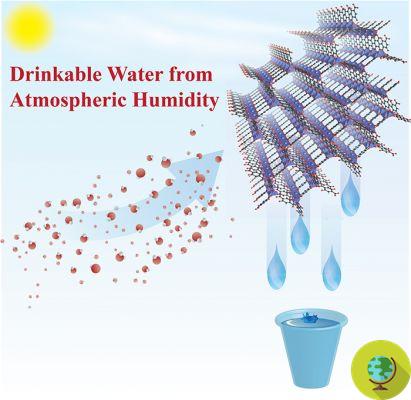
©Johns Hopkins APL
With this new research it has been achieved a much better result, testing various types of crystals and discovering, for some of them, an absorption capacity almost seven times higher.
Researchers studied a range of MOFs, studying the mechanisms that govern their water sequestration kinetics and calculating how much water they can absorb.
They then explored the impact of temperature, humidity and other environmental characteristics on the adsorption and release process to find the optimal conditions.
“We have identified an MOF capable of producing 8,66 liters of water per day per kilogram under ideal conditions, an extraordinary discovery.
This will help us deepen our understanding of these materials and guide the discovery of next generation water harvesting methods, ”explained Xia.
Xia and her team are now exploring other MOFs with different properties to evaluate how they perform in particularly dry environments and to determine the MOF configurations that allow for optimal absorption.
APL has also developed methods in the past to remove heavy metals and toxic substances from water and thanks to the efforts and cooperation of researchers, the laboratory is achieving great results in order to offer drinking water for people who don't have access today.
“We can't wait to save the planet, one drop at a time,” said Ally Bissing-Gibson, APL's Chief of Biological and Chemical Sciences Program.
Sources of reference: Nature, Scientific Reports / Johns Hopkins University
Read also:
- WaterHouse, the project to obtain drinking water from the air in Namibia and Mozambique
- Expo 2015: Awa Modula, here's how to produce drinking water from the air
- In Kenya the first solar energy plant that transforms ocean water into drinking water






